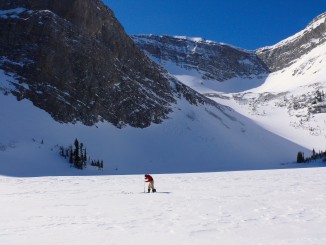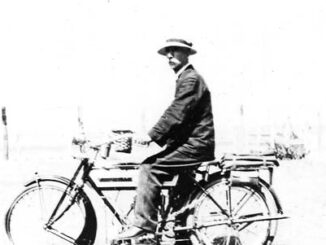With Parks Canada’s recent announcement and the Calgary Stampede just around the corner, we thought we’d bring you a post with some western flavour this week. Officially known as the North West Cattle Company, the Bar U Ranch was established in 1882 and earned the popular nickname, ‘Bar U’ due to the shape of its cattle brand. The Bar U was but one of a small group of large corporate ranches in Canada’s western frontier. In an effort to assert Canadian sovereignty in an isolated region, the Canadian Government encouraged development by making the western prairies available to cattle owners for reasonable rates.
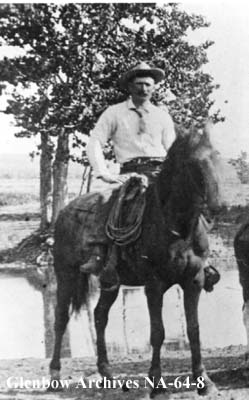
The ranch’s vibrant history can roughly be broken into three separate eras, each defined by the cattleman in charge at the time. The earliest years belonged to Fred Stimson. During this time open range ranching was practiced and therefore infrastructure at the ranch’s headquarters was kept to a minimum. The Bar U leased more than 600-square-kilometres of grassland and the original herd of 3,000 cattle had grown to over 10,000 head. The ranch eventually took over the role of supplier from Fort Benton in Montana and began supplying beef to both the North West Mounted Police and the reserves of Treaty 7.
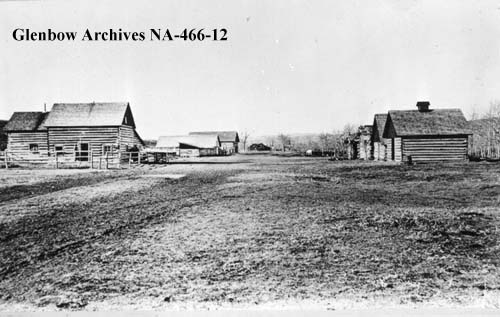
1902 to 1925 were the George Lane years and the ranch became increasingly more famous under the tutelage of this ambitious entrepreneur. Lane and his partners earned an international reputation as a centre of breeding excellence for cattle and purebred Percheron horses. The burgeoning business empire also included a number of smaller ranching operations, farms, meat packing facilities, and flour mills. Lane also made the ranching operations more efficient by introducing irrigation and growing Alfalfa for feed.
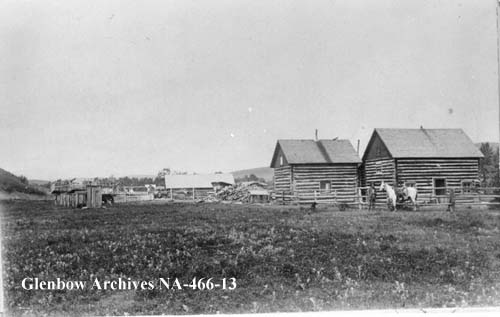
In 1927 Pat Burns purchased the Bar U Ranch, adding it to his already immense empire of ranches, feedlots, meat packing plants, dairy products, and produce. Burns scaled back operations and introduced conservative, low-cost approaches to ranching, which ultimately allowed him to guide his ranches through the Great Depression. Pat Burns passed away in 1937, allowing his nephew John Burns, to chair the board of P. Burns Ranches Limited, which ran the Bar U until 1950. Even after Burns’ death, the Bar U remained one of the largest and most prosperous ranches in country. You might also recognize the names George Lane and Pat Burns as two of the Big Four who were responsible for funding Guy Weadick’s vision for the Calgary Stampede.
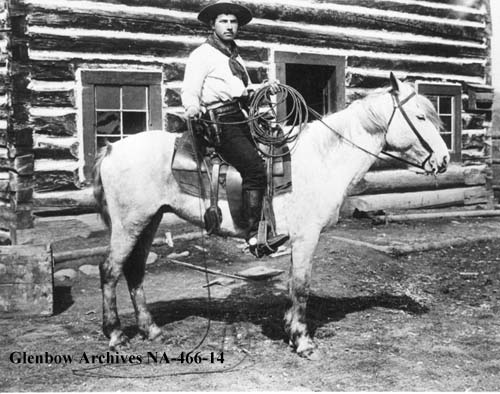
The Bar U Ranch was sold in 1950 to other ranchers, one of whom was J. Allen Baker. Baker, and later Melvin Nelson who purchased the ranch in 1984, recognized the illustrious history of the Bar U Ranch and made a conscious effort to maintain its reputation. Their vision proved worthy as Parks Canada purchased the ranch in 1991. They viewed the site as a direct link to Canada’s ranching history and it included 35 historic buildings, several of which dated back to the 1890s. The fact that the Bar U was also one of the most famous ranches in Canada didn’t hurt either. Today, the Bar U Ranch enjoys National Historic Site status and is a popular tourist destination for visitors looking to connect with Canada’s ranching roots.
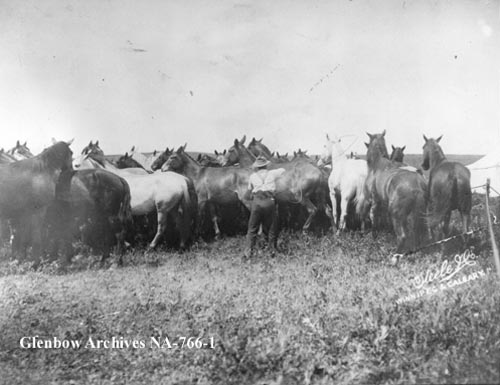
Even with the likes of George Lane and Pat Burns associated with the Bar U, the ranch’s most celebrated character might be the legendary John Ware. The former slave-turned-rancher garnered a larger-than-life reputation and, by all accounts, earned respect and admiration from his fellow ranchers. You can read about John Ware and his folk tale status in my previous story, Legendary Cowboy.
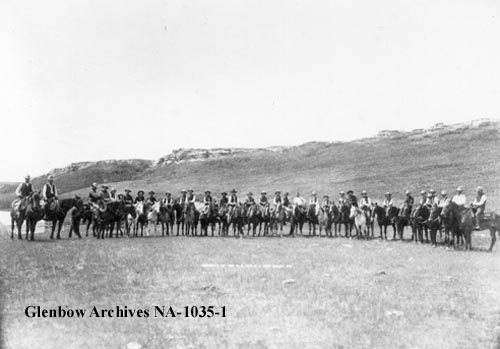
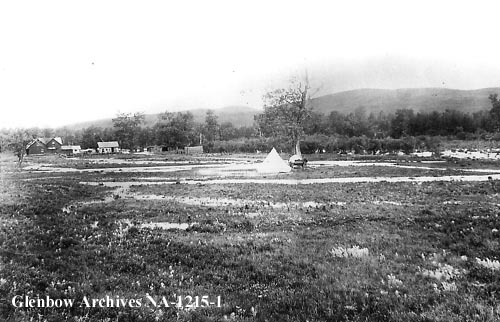
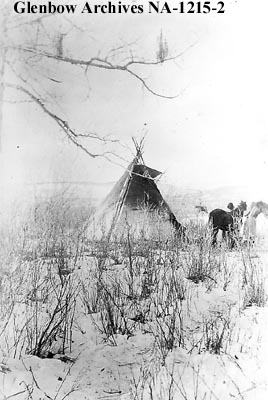
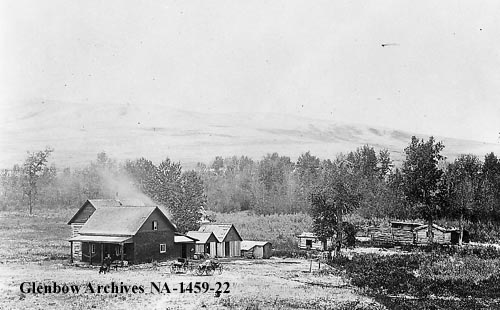
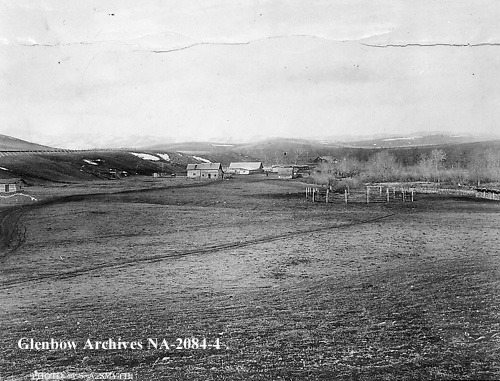
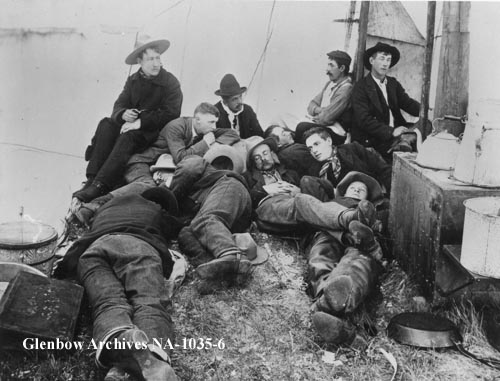
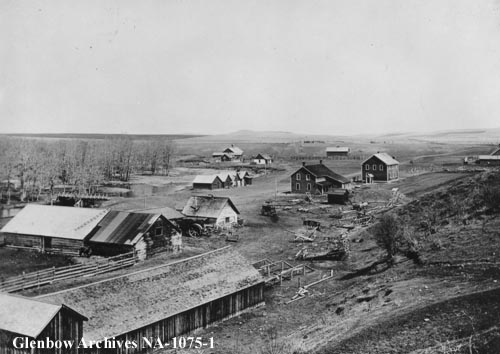
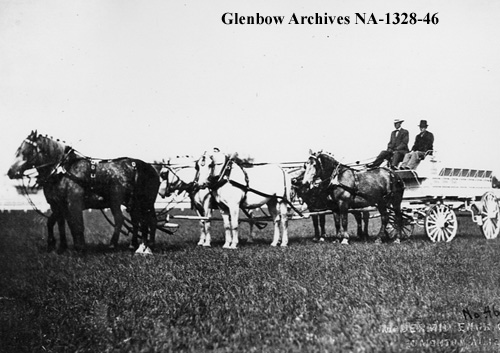
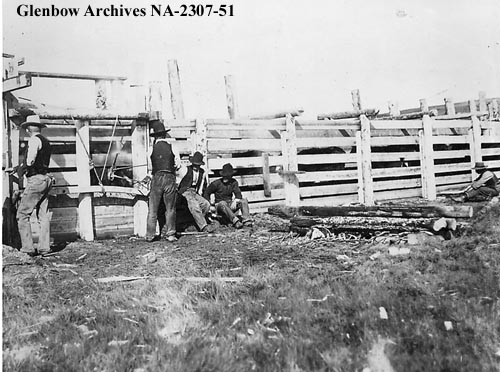
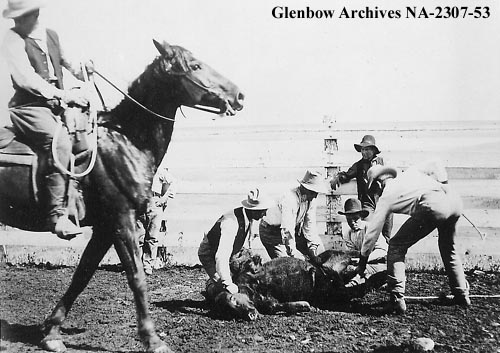
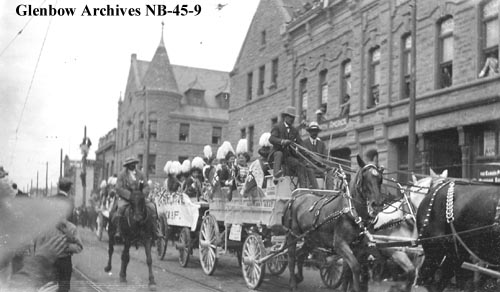
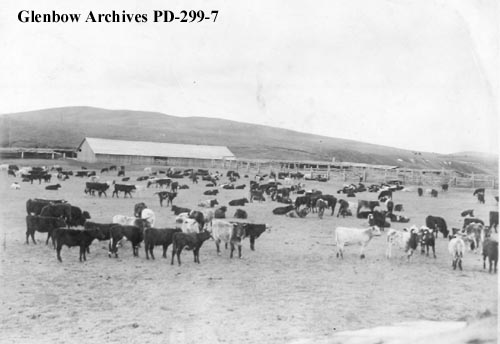
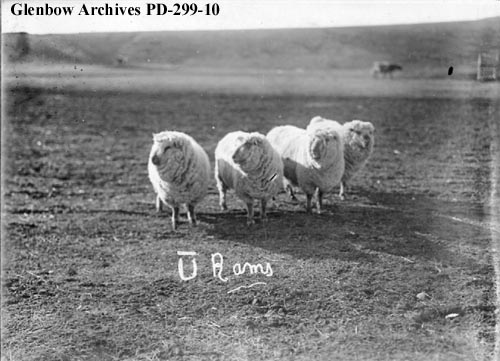
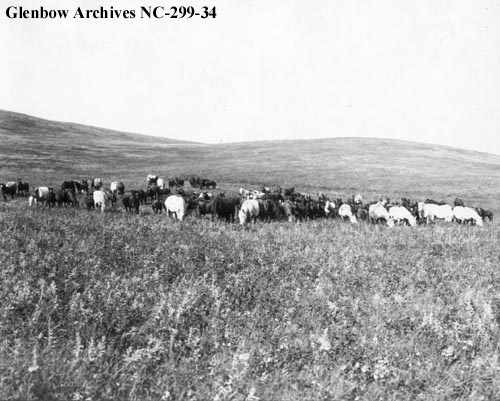
For a closer look at modern-day ranching, please see the twelfth instalment of my Wild Jobs series titled Wild Jobs: Horse Rancher.
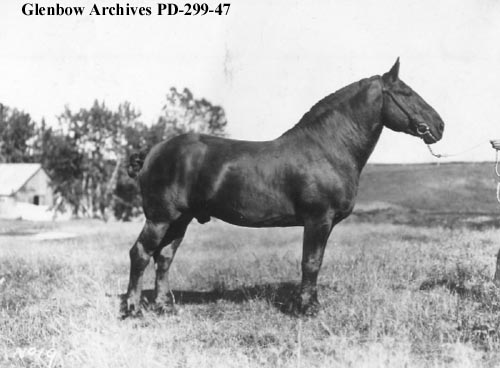
The photos above were collected from the Glenbow Archives. If you’re interested, additional information can be found for each photograph on the Glenbow website by searching the identification number that is printed on the photo. There is also the option to purchase a high resolution copy. Stay tuned for additional posts featuring historical photos from across Alberta. We’d love to know what you think in the comment section below.


